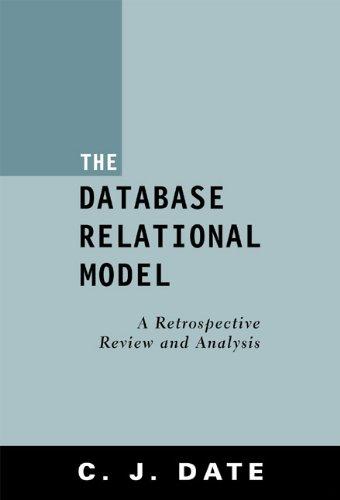Answered step by step
Verified Expert Solution
Question
1 Approved Answer
A FIR filter is given by its unit sample response h[n]: b[n) = 38[n] + zo[n 1] The input is a length-17 discrete-time signal x[n]:

A FIR filter is given by its unit sample response h[n]: b[n) = 38[n] + zo[n 1] The input is a length-17 discrete-time signal x[n]: | x[n] = 25[n] + 85[n-1] + +8[n - 2) + 145[n - 3]+ 105[n - 4] + 206[n - 5) + 155[n - 6] + 245[n - 7] + 206[n - 8) + 228[n - 9] + 146[n - 10] + 188[n - 11] + 88[n-12] + 108[n - 13] + 48[n - 14] + 88[n - 15) + 28[n - 16) Perform activities a) to d) and post meaningful conclusions in the discussion board as required in parts e) and f) a. Using MATLAB, as in secc 3.7, plot the input signal. b. Find the output y[n] = x[n]*h[n) using polynomial multiplication or using MATLAB as in secc 3.7. c. Plot the output signal y[n] found in part b). d. Compare the plots of both signals by superposing both traces. Hint: use the command hold in MATLAB to preserve the previous plot. e. Post you conclusions in the discussion board regarding what this filter does based on the effects observed in the output signal y[n], compared to the provided input signal x[n]. (Hint: compare the extent and frequency of the changes in the signals amplitude) f. Comment on any other two (2) student post
Step by Step Solution
There are 3 Steps involved in it
Step: 1

Get Instant Access to Expert-Tailored Solutions
See step-by-step solutions with expert insights and AI powered tools for academic success
Step: 2

Step: 3

Ace Your Homework with AI
Get the answers you need in no time with our AI-driven, step-by-step assistance
Get Started


